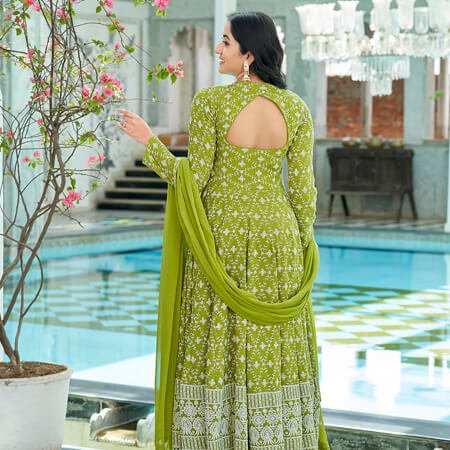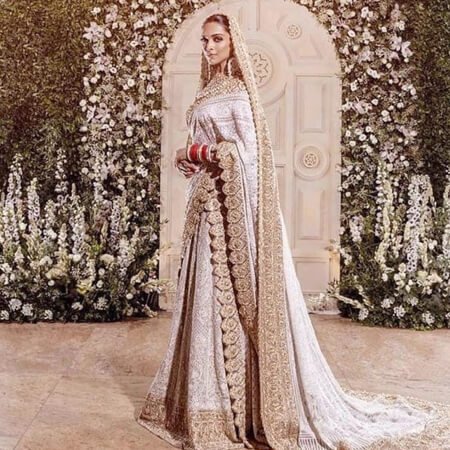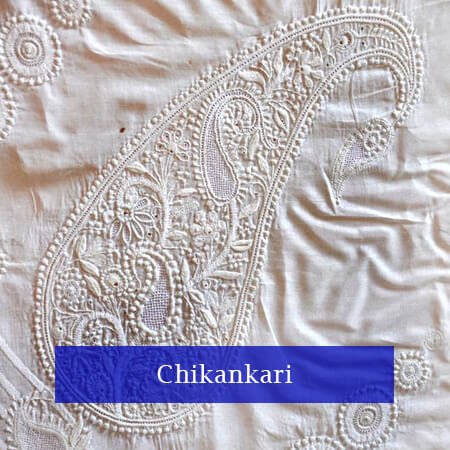The Timeless Art of Chikankari Embroidery: A Journey Through Threads
Origins of Chikankari: From Mughal Courts to Modern Ramp
Chikankari, a delicate and intricate form of hand embroidery, traces its roots back to the Mughal era in India. The art is believed to have been introduced by Empress Nur Jahan, the wife of Emperor Jahangir, who had a profound appreciation for Persian artistry. She envisioned bringing this exquisite craft to India, leading to the birth of Chikankari in the culturally rich city of Lucknow. Initially, this embroidery adorned the garments of royalty, symbolizing elegance and sophistication. Over time, it transcended the confines of palaces, weaving its way into the fabric of everyday life, and today, it graces both traditional and contemporary fashion, reflecting its enduring appeal.
Read Lucknow's Legacy: The Journey of Chikankari Embroidery Through the Ages
The Artistry Behind the Stitches
The creation of Chikankari is a meticulous process that showcases the artisan's dedication and skill. It begins with selecting the base fabric—traditionally, fine muslin, but now extending to materials like cotton, silk, and chiffon. Designs are then block-printed onto the fabric using a temporary dye, serving as a guide for the embroidery. Artisans employ a variety of stitches, each contributing to the texture and depth of the design. Notable stitches include 'Bakhiya' (shadow work), 'Phanda' (knot stitches), and 'Jaali' (net effect), each adding a unique dimension to the embroidery. The interplay of these stitches results in patterns that are both subtle and intricate, embodying the essence of Chikankari's beauty.
Evolution and Contemporary Significance
Chikankari has undergone significant evolution since its inception. Originally executed on white muslin with white thread, it was known as 'white-on-white' embroidery. Motifs were inspired by nature, featuring flowers, leaves, and birds. Over centuries, the craft incorporated influences from Persian and Turkish designs, expanding its repertoire of patterns and stitches. Today, Chikankari embraces vibrant colors and diverse fabrics, adapting to contemporary fashion trends while preserving its traditional essence. This adaptability has cemented its place in both Indian and global fashion landscapes, symbolizing a seamless blend of heritage and modernity.
Preservation and Revival Efforts
The survival and resurgence of Chikankari can be attributed to concerted efforts by artisans, designers, and cultural organizations. Educational institutions and NGOs have played pivotal roles in supporting Chikankari artisans, providing resources and platforms to showcase their work. These initiatives have not only helped preserve the heritage of Chikankari but have also provided livelihoods to many artisans, ensuring the sustainability of this beautiful craft. The global appreciation for handcrafted textiles has further bolstered Chikankari's prominence, highlighting the importance of preserving traditional crafts in a rapidly changing world.
Styling Chikankari in the Modern Wardrobe
Incorporating Chikankari into contemporary fashion offers a unique blend of tradition and style. A Chikankari kurta paired with jeans or palazzos creates a casual yet elegant look, suitable for various occasions. For formal events, Chikankari sarees or lehengas exude grace and sophistication. Men can embrace this craft through Chikankari-detailed shirts or kurtas, adding a touch of cultural heritage to their attire. Accessories like Chikankari embroidered stoles or handbags can also enhance everyday outfits, allowing individuals to celebrate this timeless art form in versatile ways.
By weaving Chikankari into our wardrobes, we not only embrace a rich cultural legacy but also support the artisans who keep this exquisite craft alive. It's a testament to the enduring beauty of traditional arts and their relevance in modern fashion.
Regards,
Fashion Articles by Waves Institute of Fashion Designing



